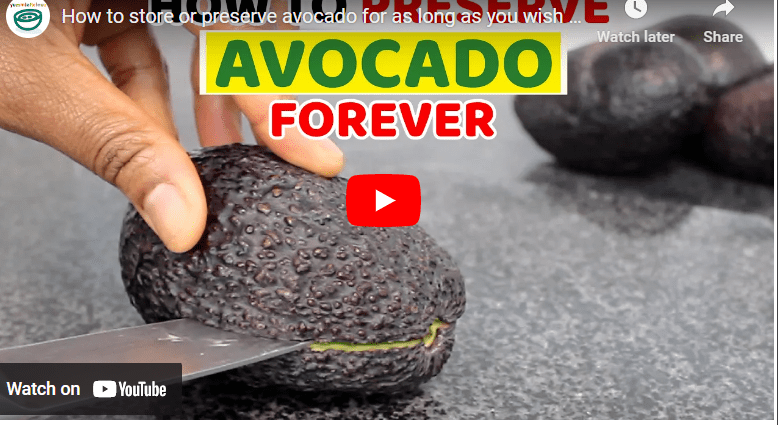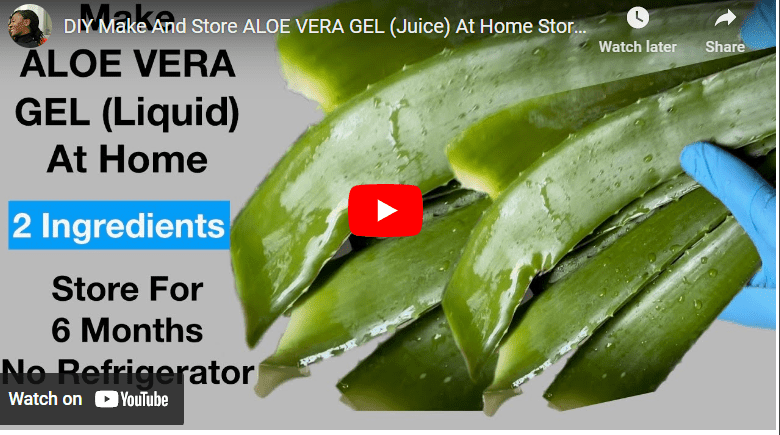Pepper is a widely used spice, and known for its pungent flavor. It is widely used as a condiment and to enhance the flavor of dishes. It can be found in various forms, such as whole, ground, or freshly cracked.
Processing pepper involves selecting the right type of pepper, threshing, cleaning, drying, roasting, grading, grinding and packaging. Each step is important in ensuring the pepper has a great flavor and nutritional value with a long shelf life.
This article will discuss the process of processing pepper to obtain the best flavor, nutritional value, and overall quality. We will provide an overview of the steps involved, the benefits of the process, and some final remarks.
How To Process Pepper Step By Step Guide
Pepper is an essential spice used to add flavor to savory dishes. Pepper is an incredibly popular and versatile spice that is used in many dishes around the world.
Read Also: How To Process Cashew Nuts At Home
It is derived from the dried berries of a flowering plant and comes in a variety of colors, shapes, and sizes. Processing pepper is an important part of bringing it to market and ensuring that it tastes great and is full of flavor and nutrients.
Without wasting further time, below is an in-depth step involved in processing pepper as well as the benefits that come with doing so.
Step 1. Choosing the Right Pepper
When it comes to processing pepper, choosing the right pepper is one of the most important steps.
Read Also: How To Process Cassava to Garri
Peppers come in various varieties that vary in their degree of spiciness, taste, and consistency. It is important to choose a pepper that matches the desired outcome. For example, if you want to make a spicy sauce, you may want to choose a hotter pepper such as a jalapeno, while if you are looking for a milder flavor, you might select a bell pepper.
It is also important to consider the size of the pepper when choosing; larger peppers tend to be easier to process than smaller ones.
Furthermore, it is important to make sure that the peppers you select are ripe and free of any blemishes.
Read Also: How To Process Coconut Oil
Step 2. Threshing
The next step in processing pepper after choosing the right pepper is threshing. Threshing is the process of removing the spikes from the pepper before drying and cleaning.
This can be done by beating the pepper against a hard surface, such as a wooden board or table, or by beating with sticks and/or trampling on the pepper spikes.
Read Also: How To Process Maize Into Flour
This is done to separate the spikes from the pepper. It is important to be careful when threshing, as breaking the pepper can make it more difficult to clean.
Once the spikes have been removed, the pepper can then be cleaned.
Step 3. Cleaning the Pepper
Cleaning the Pepper is an important step in the processing of pepper. You will need to remove any debris or foreign material from the pepper before you begin the other steps.
To do this, you will need to use a sieve or colander to separate the pepper from any other materials.
Read Also: How to Process Millet into Flour
You will also need to rinse the pepper in water to ensure that it is free of dirt and debris. Once the pepper has been properly cleaned, you can proceed to the next step in the process.
Step 4. Drying
Drying is an important step in processing pepper. The pepper should be spread out on a flat surface and left to air-dry in the sun for a few days. It is important to move the pepper around every few hours to ensure even drying.
Once the pepper is completely dry, it can be stored for later use or processed further.
Read Also: How To Process Okpa Flour
Step 5. Roasting the Pepper (Optional)
You will want to be sure to roast the pepper properly in order to get the best flavor and texture. To begin, preheat your oven to 350°F.
Then spread the pepper out in a single layer on a baking sheet. Roast for about 10 minutes, stirring occasionally. The pepper should be lightly browned and fragrant.
Once roasted, remove from the oven and let cool. Once cooled, the pepper is ready to be further processed or used in recipes.
Read Also: How To Process Palm Kernel Oil
Roasting the pepper helps to bring out its flavor and texture, making it a great addition to many dishes.
Step 6. Grading
After the pepper has been roasted, it is time to grade the pepper. This is an important step in the processing process as it ensures that the pepper of the same size and quality is used in the product.
Grading should be done by hand or with the help of a machine. Quality control should be maintained throughout the grading process to make sure that the pepper meets the desired standards.
The pepper should be graded based on size, color, and shape. The pepper should be sorted into different grades, such as fine, medium, and coarse.
Step 7. Grinding the Pepper
Grinding the pepper is a crucial step in pepper processing. You will need a pepper grinder that is capable of producing fine powder.
Start by adjusting the coarseness of the grinder to the desired texture of the pepper. Then, place the pepper into the grinder and turn it on.
Depending on the type of pepper, it may take a few minutes to grind the pepper into a fine powder.
Once the pepper is ground, you should sift it through a fine sieve to remove any large chunks. Finally, store the ground pepper in an airtight container or bag until needed.
Step 8. Packaging
Once you have finished processing the pepper, it is important to pack it properly. This will ensure that the pepper retains its flavor and nutrients for a longer period of time.
You can package the pepper in airtight bags and containers. Be sure to label each bag or container with the type of pepper, the date of packaging and the expiry date.
This will help you keep track of when the pepper needs to be replenished. You can also store the pepper in a cool, dry place to ensure that it stays fresh for a longer period of time.
Benefits of Processing Pepper
- Processing pepper helps preserve its flavor and aroma, making it more enjoyable to consume.
- Processing pepper makes it easier to store and handle, ensuring that you can use it when needed.
- Processing pepper makes it easier to use in recipes, as it can be ground to the desired consistency.
- Processing pepper can help reduce the amount of wastage, as it can be used in small amounts.
- Processing pepper helps to ensure that the pepper is of the highest quality, making it more appealing to eat.
- Processing pepper can help to reduce the amount of time needed to prepare meals, making it faster and easier for you to get meals done.
Challenges of Processing Pepper
- You face a challenge when it comes to understanding and interpreting the pepper’s movements, as it is often difficult to distinguish between intentional and accidental movements.
- Additionally, finding a way to accurately and reliably process the pepper’s speech is a challenge. Words and phrases need to be identified and interpreted with accuracy and consistency, which can be difficult.
- Another challenge is dealing with the pepper’s limited range of motions and interactions. The interaction options are limited, and the pepper cannot move in a wide range of directions.
- Finally, ensuring the pepper’s safety is a challenge. The robot must be programmed to recognize and avoid obstacles and other people or objects in its environment.
How to use Processed Pepper
Using processed pepper is easy. All you need to do is find the desired amount of processed pepper and add it to your dish. Depending on the recipe, you may want to sprinkle it on top, mix it in with other spices, or grind it up and add it to the dish.
If you are grinding the pepper yourself, use a pepper mill or a mortar and pestle to get a fine consistency. Be sure to grind it until it is powdery, otherwise your dish may end up tasting too strong.
Once you have added the pepper to your dish, you can adjust the amount as needed to suit your taste. Begin with a modest quantity and slowly incorporate additional amounts if necessary.
Processed pepper is a great way to add flavor to any dish. Whether you are using it to season vegetables, meat, or in a sauce, it adds an extra dimension of flavor that is sure to please. Enjoy!
Pepper Processing PDF
The pepper processing pdf outlines the various steps involved in the production of pepper. It includes details on the harvesting, sorting, cleaning, grinding, packaging, and storage of different types of peppers.
It also includes information on the chemical and physical properties of pepper, as well as the nutritional value of the different types.
Black Pepper Process
The black pepper process involves harvesting and sorting the black pepper to remove any impurities. It is then processed further to remove the husk, seeds, and other unwanted materials.
This is followed by grinding, drying, and packaging of the pepper. The finished product is then ready for sale and consumption.
Black Pepper Drying Process
The drying process of black pepper involves the use of hot air to remove moisture from the pepper. This helps to maintain the flavor and aroma of the pepper. The dried pepper is then ready for grinding, packaging, and storage.
Storage of Pepper
The storage of pepper is important to ensure that it remains fresh and in good condition. Pepper should be stored in air-tight containers and away from direct sunlight or heat. It is also important to store pepper in a cool, dry place to prevent spoilage.
White Pepper Processing
White pepper processing involves a similar process to black pepper, with the exception of removing the husk.
This is done by soaking the peppercorns in warm water and then removing the husk. The white pepper is then ready for grinding, drying, and packaging.
Pepper Processing Plant
A pepper processing plant is a facility that is dedicated to the production of pepper products. These plants are typically equipped with machinery and equipment for harvesting, sorting, cleaning, grinding, packaging, and storing peppers.
The plant also includes a laboratory to test the quality of the processed pepper.
Conclusion
Processing pepper is an important step to ensure that its flavor and nutritional value are maximized. By choosing the right pepper, threshing, cleaning, drying, roasting, grading, grinding, and packaging, the pepper is transformed from its raw state into the form we all know and love.



